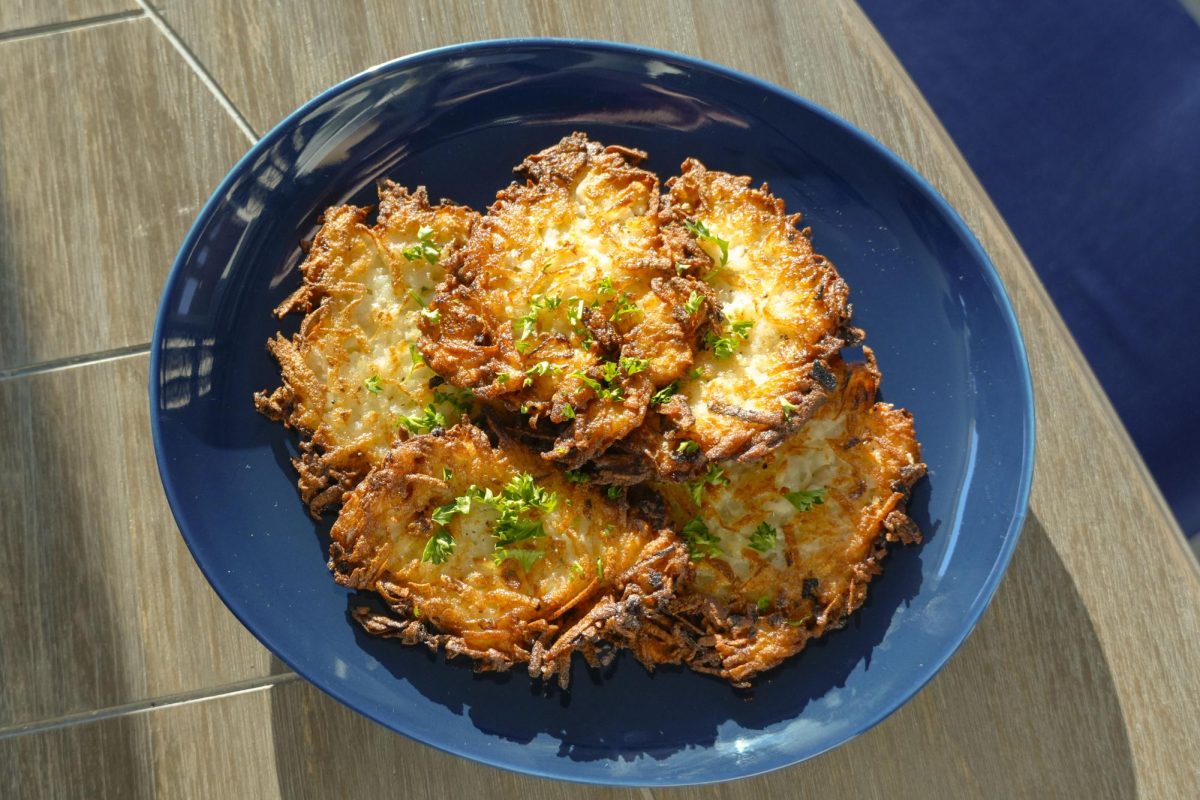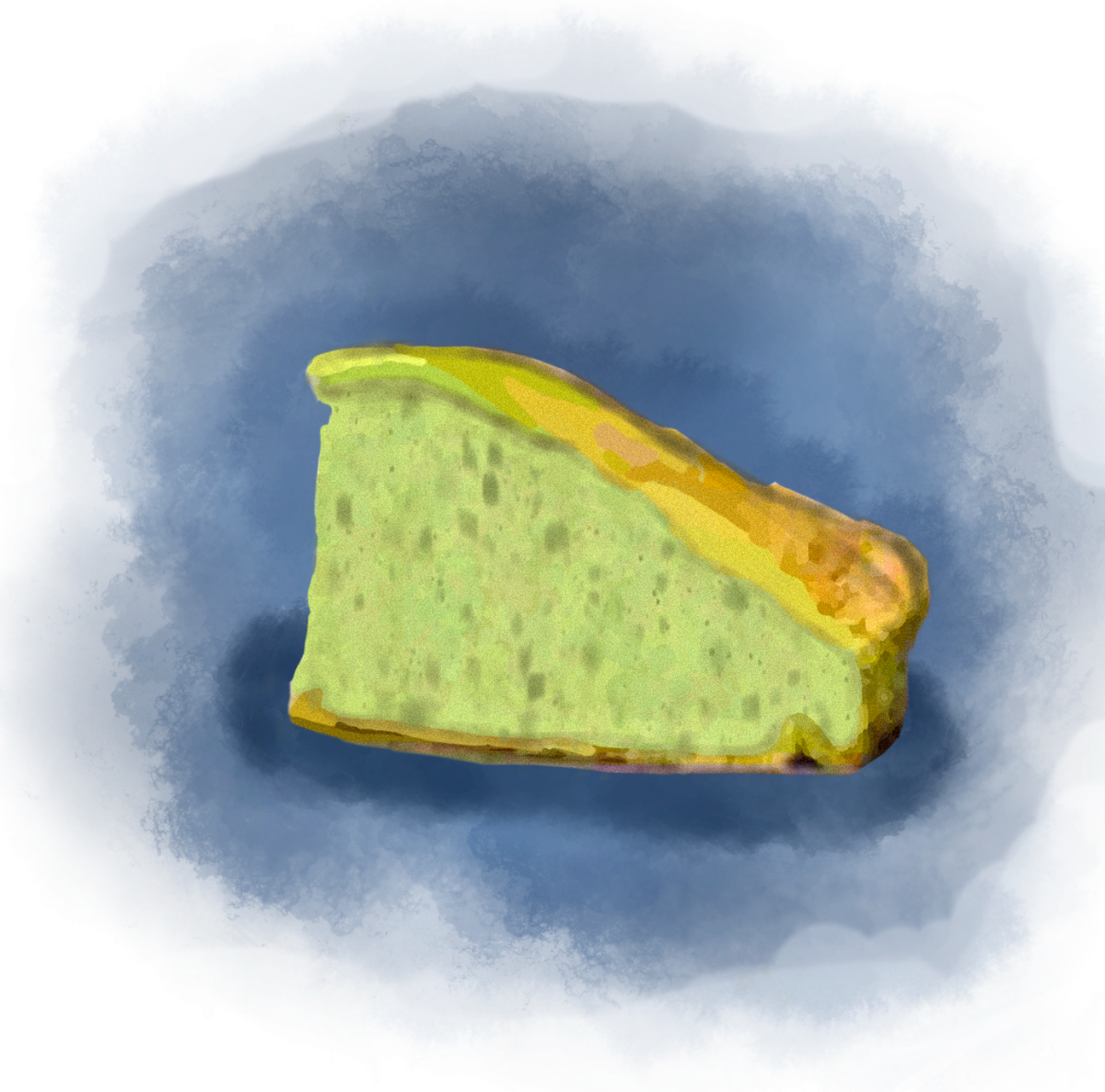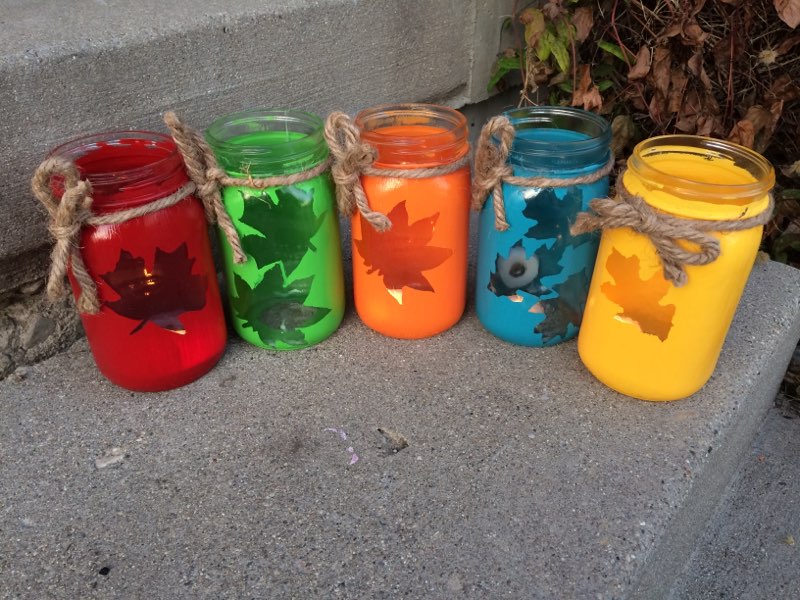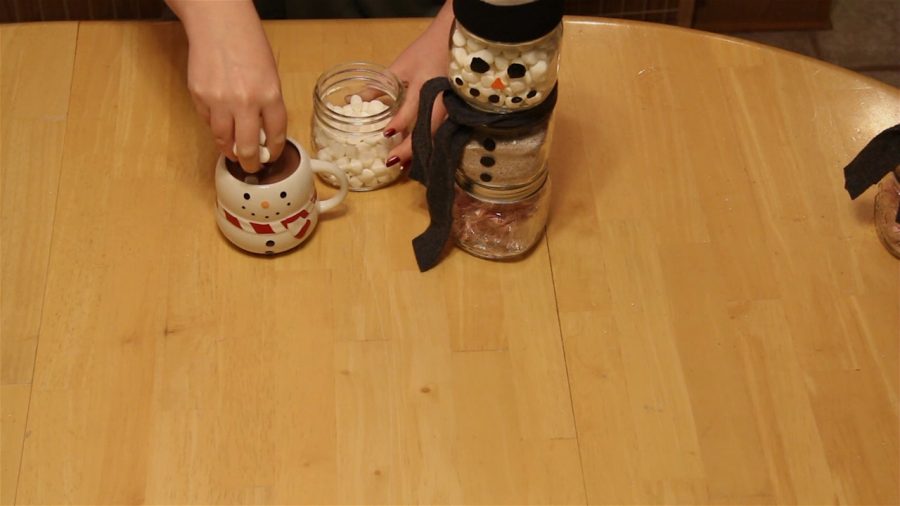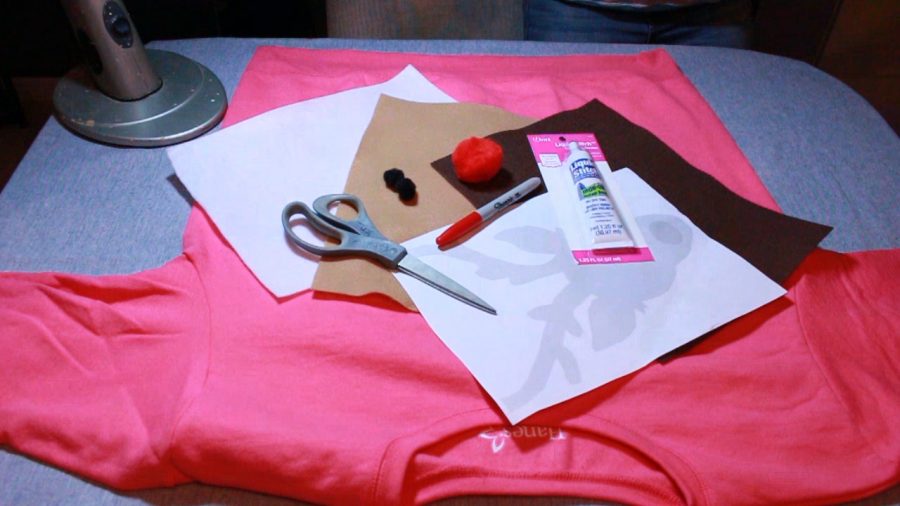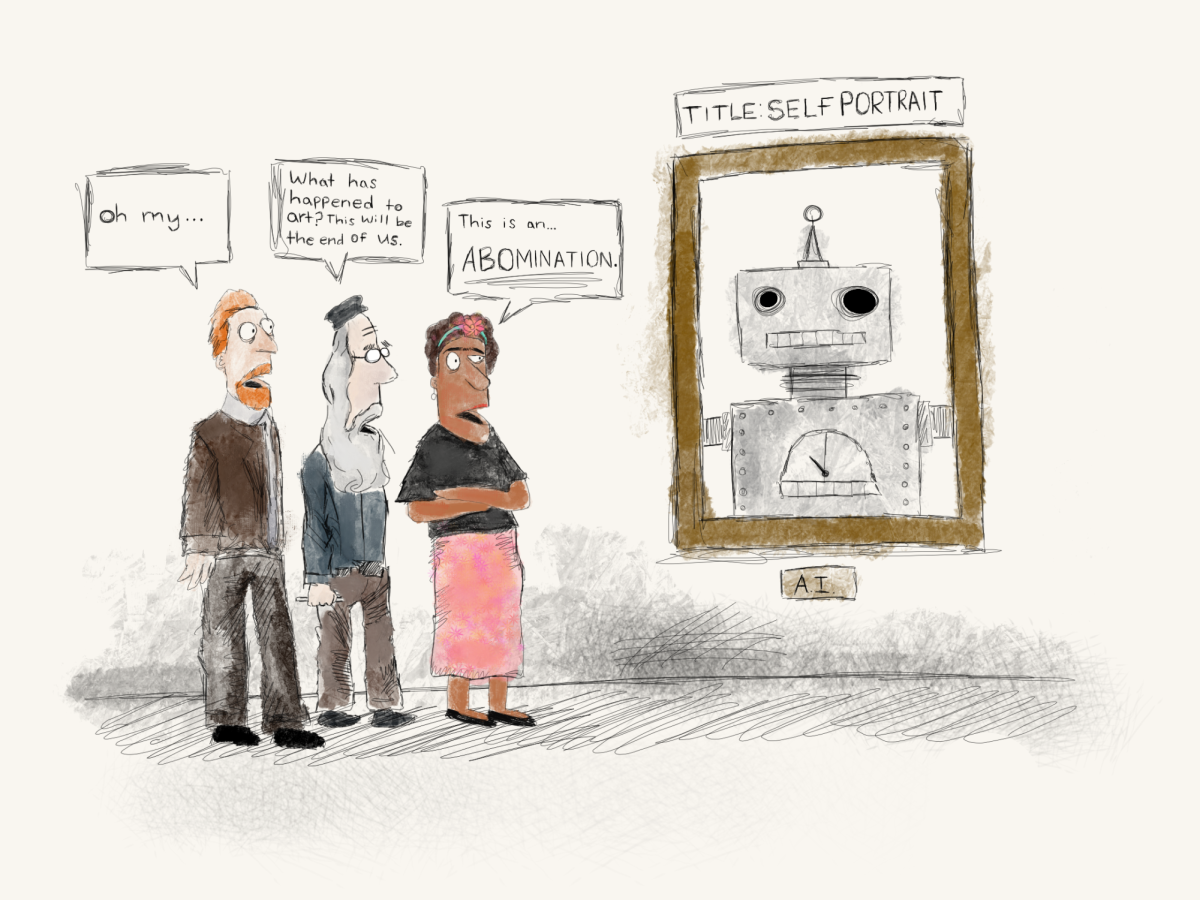Whenever she wakes up feeling like bear claws scratching at her throat, or her nose is running while her head burns up with fever, there is only one thing on her mind. There was nothing in the world she wanted at that moment more than a warm bowl of her aunt’s famous khichdi (kich-dee).
East Junior Deeptaj Kaur was born in Punjab, India and the first thing she requests when she goes back home is a bowl of khichdi. Whenever Kaur would get sick in Punjab, the only thing she would want to eat was her aunt’s khichdi. While many people all around the world make khichdi, it is not the same to Kaur as her aunt’s.
“I’ll eat it [if other people make khichdi] but it’s not the same,” Kaur told Spark.
Khichdi is a popular Indian stew that consists mainly of rice, lentils, and spices. Khichdi is usually runny with a pale yellow color and may be served with a variety of sides, such as bread.
To make khichdi, it starts off with letting moong dal, a type of popular Indian lentils, and rice soak in water until they reach a consistency in which it can be used in the stew. Then, the mixture is poured into a pressure cooker or a regular stove pot where the person making the khichdi can then add in the other ingredients and spices. All of the ingredients are then added into the same pot, and it takes 10 to 25 minutes before the khichdi is done cooking.
The process of making khichdi is simple and homey, as is the taste. Since it is a dish that people commonly eat when ill, the taste was described by Kaur as very bland, with spices that do not overpower the flavor. Although, the taste has been comforting Kaur through illness since she was a child.
“It is such a comfort food that I would compare it to mac and cheese, or grilled cheese and tomato soup,” said Kaur. “[It has] just the [same] feeling when you eat it.”
While most of Kaur’s memories of khichdi are associated with a sick day at home, it was not the only time that her aunt would make the dish. Khichdi is commonly eaten in the winter because it is such a warm dish. Kaur’s brother, East alumnus Jashanzeer Kaur recalled times when he ate the dish as a child with his cousins.
“When all my cousins would come over, my aunt would cook [khichdi] as a snack whenever we got done playing cricket or outside,” said Jashanzeer.
With the popularity of the dish, different people in Punjab eat the dish for different reasons. The main religion in Punjab is Sikhism, a religion in which the food you eat reflects greatly on the outcome of this life and others. For a lot of people in Punjab, they eat the food for the karmic consequences of consuming it.
To certain people, khichdi will make the body “warm.” To them, this means that the dish will provide good karma and allow the body to be properly fueled and healed. This is the case for East junior Naaz Dhillion and her family.
“Khichdi is one of those foods that will make your body warmer and be very healing,” said Dhillion.
So the next time there is a cold chill in the air, a nasty bug travelling around, or the need to make the body warmer, Kaur always goes back to the khichdi recipe that her aunt had crafted many years ago for a taste of comfort and health.
Recipe:
2 tbsp butter or neutral oil
½ cup moong dal (lentils)
½ cup white rice
4 cups water
½ tsp cumin
1 sprig of curry leaves
1 bay leaf
1 tbsp ginger
1 green chili, minced
½ red onion, finely chopped
1 tomato, chopped
salt
1 cup mixed veggies (carrots, green beans, peas, bell peppers, cauliflower, etc.)
Soak the moong dal and rice in water until ready to use in the recipe.
Set the Instant Pot to saute mode over medium heat. (You can also use the following steps in a pressure cooker or regular pot on the stove.) Add vegan butter or oil.
Add cumin seeds and let them sizzle. Stir for 1 minute. Add hing (asafetida) and let it simmer in the butter or oil for 30 seconds. Add ginger and green chilis. Stir for another minute. Add onions and cook until they are translucent.
Add tomatoes and a big pinch of salt. Cook until the tomato juices reduce, which should take 3-4 minutes. Add ground spices and stir for a minute. Add vegetables and stir for a few more minutes.
Add the moong dal, rice, and water, along with ~ ½ tsp salt.
Soak the moong dal and rice in water until soft and mushy. In a regular pot on the stove, add in butter and the vegetables. Stir until completely cooked then put in the moong dal, rice, and water in the pot. Bring it to a boil, reduce heat to medium-low, and simmer until it reaches a mushy stew-like consistency for around 20-30 minutes. Add in seasonings, allow the khichdi to cool, and then enjoy!


































































